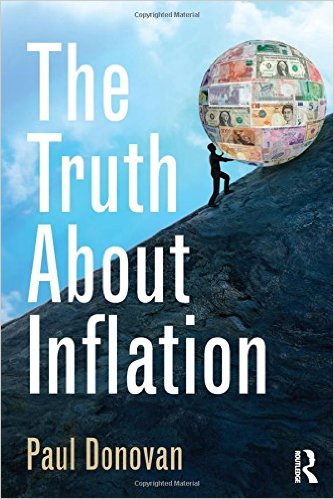
Powell hoped to reverse that trend by declaring he would allow prices to rise modestly above their target for a period of time before raising interest rates.

During 2018 it never hit 2.2, meaning investors never really feared inflation would go meaningfully higher. This key metric compares the yield on a 10-year Treasury with the yield on a 10-year Treasury Inflation Protection Securities ( TIPS) and acts as a gauge of what investors believe inflation will be on average over the next decade.

Take the 10-year breakeven inflation rate. He asserted that one reason inflation had remained so low for so long after the Great Recession was that everyone had assumed the Fed would act when prices got close to its preferred target of 2%. In a speech last August, Federal Reserve Chair Jerome Powell attempted to reset those expectations.

But inflation didn’t stay elevated, dropping from 2.08% in December 2018 to 1.58% by March 2019, and it hasn’t crossed above 1.87% since then.īy continuing to increase interest rates when inflation ticked above its target, the FOMC helped fuel a feedback loop: Investors expected tighter money-higher rates-as soon as inflation inched above 2%. Inflation had managed to top 2% in early 2018, more than two years after the Fed had already begun a campaign of gradual rate increases-a strategy that stoked the ire of then-President Donald Trump. The 2018 period is worth examining more closely. Using the Fed’s preferred gauge of inflation, core Personal Consumption Expenditures (PCE), which tracks price changes over time without volatile energy and food costs, inflation has remained stubbornly below the Fed’s 2% annual target since the Great Recession, except for a brief stretch in early 2012 and much of 2018.īut even in those periods, inflation never rose above 2.12%, which is hardly reminiscent of the crushing 10% inflation that occurred in the mid-to-late 1970s. The problem is that for much of the past two decades, the Fed hasn’t lived up to that mandate. The FOMC has interpreted maintaining price stability as keeping inflation growing at about 2% a year over the long-term. Inflation Has Been Too Low for Too LongĬongress has assigned a dual mandate for the Federal Reserve: Foster maximum employment and maintain price stability. While such dire scenarios are unlikely, there are steps you can take today to ease your inflation worries.

The administration of President Joe Biden is pinning its hopes on the idea that we’ve moved into an era of easy money without consequences.īut there are plenty of other observers who worry about a replay of the grim days of stagflation in the late 1970s and early 1980s, when inflation spiked and the economy stalled. Many financial professionals aren’t overly concerned that inflation will spiral out of control, especially since the economy has plenty of post-pandemic ground to make up. The question is whether the coming wave of inflation will be a modest, easily managed wave or a dramatic flood that will roil markets, kneecap savers and cause the Fed to rapidly hike rates, imperilling the recovery. Inflation may be an unavoidable economic fact of life, but it’s starting to make a lot of people very nervous.Įconomists, investors and everyday folks believe inflation is primed for rapid growth as trillions in federal stimulus spending is layered on top of the Federal Reserve’s rock-bottom rates, a nascent economic recovery and hordes of newly vaccinated shoppers who are eager to spend.


 0 kommentar(er)
0 kommentar(er)
